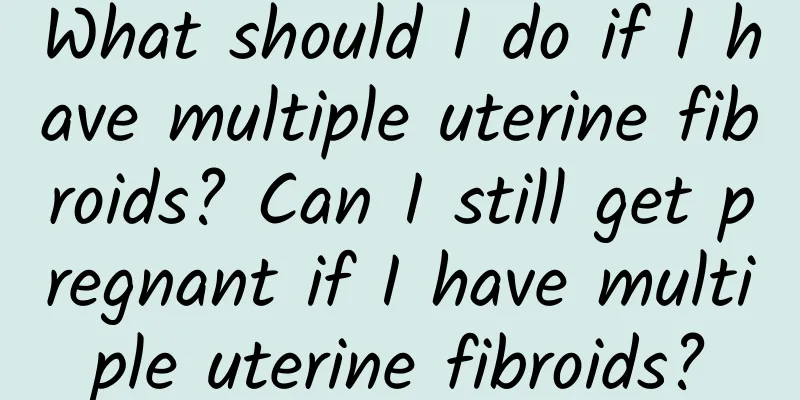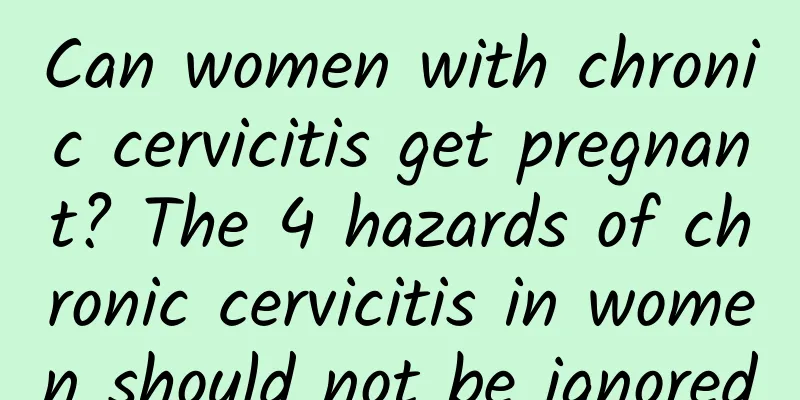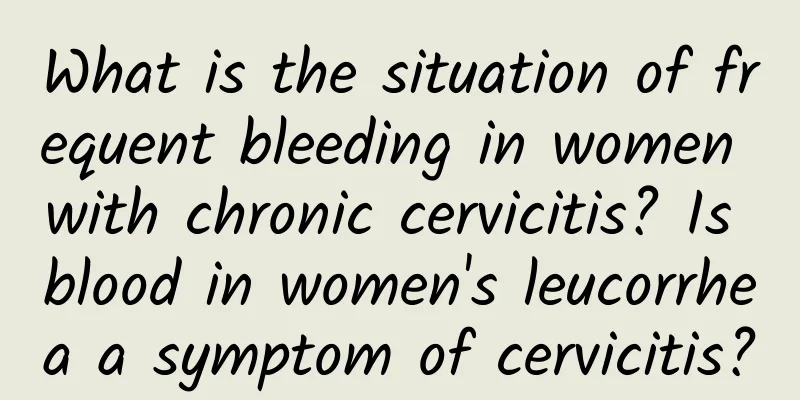What are the causes of functional uterine bleeding?

|
The main causes of functional uterine bleeding include endocrine disorders, abnormal uterine structure, coagulation dysfunction, etc. Treatment methods include drug therapy, surgical treatment and lifestyle adjustments. 1. Endocrine disorders are a common cause of functional uterine bleeding. An imbalance in hormone levels in women, especially an imbalance in the ratio of estrogen and progesterone, may lead to abnormal proliferation or shedding of the endometrium, thus causing bleeding. Diseases such as polycystic ovary syndrome and thyroid dysfunction may also affect hormone secretion. For endocrine disorders, doctors often prescribe hormone drugs, such as oral contraceptives and progesterone preparations, to help regulate hormone levels. In life, maintaining a regular schedule and avoiding excessive stress can help improve endocrine status. 2. Abnormal uterine structure is also an important cause of functional uterine bleeding. Lesions such as uterine fibroids and endometrial polyps may cause uneven endometrial surface and increase the risk of bleeding. In such cases, the doctor may recommend hysteroscopy to determine the location and nature of the lesion. Treatment methods include surgical removal of fibroids or polyps, such as hysteroscopic transurethral resection and uterine artery embolization. Regular follow-up is required after surgery to prevent recurrence. 3. Coagulation disorders may also lead to functional uterine bleeding. Certain blood diseases, such as thrombocytopenia and hemophilia, can affect blood coagulation function and lead to increased bleeding during menstruation. For coagulation disorders, the focus of treatment is to improve coagulation function, such as using hemostatic drugs and platelet transfusions. At the same time, patients need to avoid the use of anticoagulants, such as aspirin, to reduce the risk of bleeding. The treatment of functional uterine bleeding requires a personalized plan based on the specific cause. Drug treatment commonly uses hormone drugs and hemostatic drugs; surgical treatment includes hysteroscopy, uterine artery embolization, etc.; lifestyle conditioning emphasizes regular work and rest and a balanced diet. Patients should seek medical treatment in a timely manner, identify the cause, take targeted treatment, and pay attention to daily care to improve symptoms and prevent recurrence. |
<<: Does obesity cause cervical hypertrophy?
>>: Is milky vaginal discharge normal?
Recommend
What is the postoperative care method for cervical warts?
Cervical warts belong to the category of sexually...
Is the egg still there during ovulation bleeding?
Ovulation bleeding usually occurs when the egg is...
What should I do if there is a little bit of blood in my vaginal discharge? I have cervical erosion.
It is very abnormal for women to have blood strea...
Several infection routes of bacterial vaginosis
Understanding the transmission routes of bacteria...
Pros and cons of menopausal hormone therapy
There are many ways to treat menopause. According...
What are the characteristics of chocolate cyst attacks?
What are the characteristics of chocolate cysts? ...
Is ovarian chocolate cyst a disease? What is the pathogenesis?
Ovarian cysts can be treated based on the speed o...
How to relieve the symptoms of cold and dysmenorrhea ...
How to relieve the symptoms of cold and dysmenorr...
You can also do it while commuting! 8 mind-blowing exercises
There must be a lot of people who feel like "...
What are the symptoms of early infection of cervical warts in women
Women's bodies are relatively fragile and the...
How much does a functional uterine bleeding test cost?
Functional uterine bleeding is a common and multi...
My period has already passed, why am I bleeding again?
Sudden bleeding after the menstrual period has en...
Can uterine curettage and abortion lead to adenomyosis?
Adenomyosis often occurs in women aged 30 to 50, ...
Why do patients with uterine fibroids need catheterization? The purpose of uterine fibroid catheterization
Why do patients with uterine fibroids need cathet...
What are the main causes of cervicitis?
Cervicitis is the most common gynecological disea...









